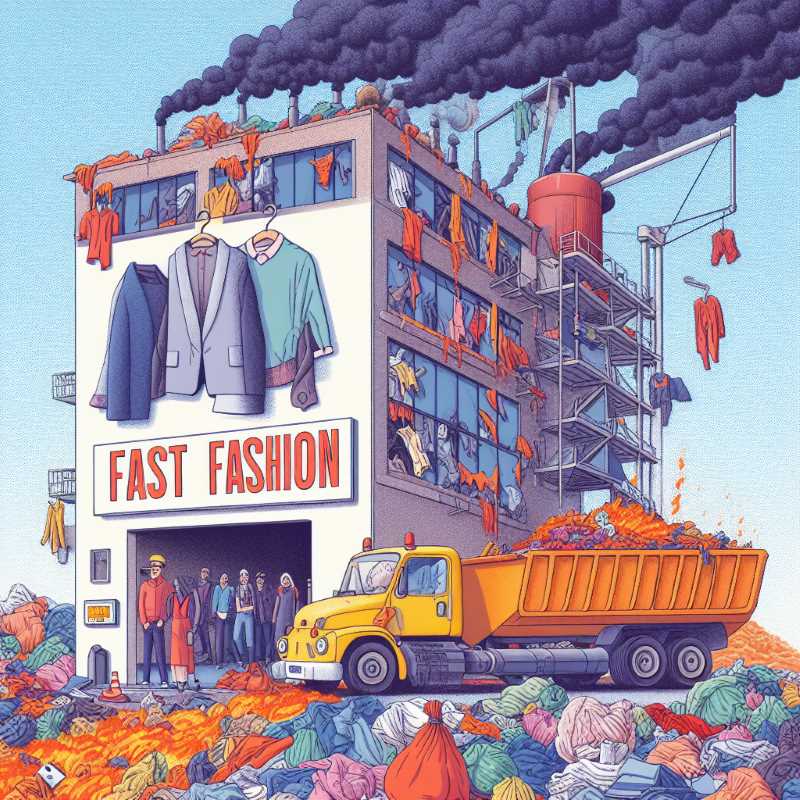How Fast Fashion Became a Polluting Powerhouse
Fashion's dark secret: environmental devastation fueled by fast fashion's insatiable thirst. But hope blooms. Sustainable brands, conscious consumers, and second-hand treasures pave a new path for style that treads lightly.

In the dazzling world of fashion, where trends evolve at lightning speed, it's easy to overlook the ecological toll the industry exacts on our planet. Contrary to popular belief, fashion ranks as the second most polluting industry globally, trailing only behind the notorious heavyweights like manufacturing and energy. A sobering revelation from the United Nations Conference on Trade and Development sheds light on the environmental havoc wrought by the fashion industry.
The numbers are staggering—a staggering 93 billion cubic meters of water are guzzled annually, equivalent to the needs of five million people. Adding to this environmental albatross, half a million tons of microfibers infiltrate our oceans each year, a volume mirroring three million barrels of oil. The carbon emissions emanating from fashion's intricate web surpass those of all international flights and maritime shipping combined, thrusting the world further into the throes of accelerated global warming.




